Footwork FA12 Porsche
What awaits Porsche on its return to the pinnacle of single-seater racing?
WORDS & IMAGES BY: WOUTER MELISSEN
It looks like it is just a matter of time until Porsche’s return to Formula 1 – with Red Bull Racing and from the 2026 season onward – is officially confirmed. This will be the German sports car manufacturer’s fourth foray into the pinnacle of single-seater racing.
In each of the previous three outings and again in 2026, Porsche will be involved in a slightly different capacity. After outings as a constructor in the early 1960s and an engineering consultant between 1984 and 1987, Porsche returned in 1991 as an engine supplier. Whereas the previous efforts were quite successful, the third time was certainly not the charm, as the new Porsche V12 engine was abandoned halfway through the year.
For Porsche, Formula 1 has always proved a difficult proposition. On one hand, Grand Prix racing offered the opportunity to showcase the company’s engineering excellence at the highest level. On the other hand, it did not particularly fit in the Porsche Motorsport business model. This relied on, at least to some extent, customer sales to get even modest monetary return on the investment. It served the company well from the 1950s and, thanks to the sales of the Porsche 911 Cup cars, Porsche has been the world’s largest manufacturer of competition cars for many years.
The return on investment as a Formula 1 constructor mainly benefited the marketing department, which is why the purpose-built 804 F1 raced for less than two seasons, during which Dan Gurney did score a Grand Prix win. More in line with Porsche’s philosophy was the 1980s effort when engines were supplied to the McLaren Formula 1 team. These were fully paid by Techniques d’Avant Garde or TAG. It was their name that appeared on the engine covers but it was well known that Porsche had developed and built the twin-turbo V6 engines that took Niki Lauda and Alain Prost to three World Championships between 1984 and 1986.
Buoyed by the success of the V6 engines that had been commissioned by TAG, Porsche decided to return to Formula 1 as an engine supplier a few years later. New regulations had been introduced ahead of the 1989 season, which stipulated that only naturally aspirated engines no larger than 3,500 cc could be used. This meant that a brand-new engine had to be designed, which was not something that had the talented Porsche engineers worried. As an added benefit, the same engine formula was going to be used for the second generation of Group C sports cars, allowing for the design to be used twice.
The driving force behind the Formula 1 effort was Dr. Ulrich Bez, Porsche’s motor sport program director. With the German manufacturer now taking up the role as a classic engine supplier, a partner team had to be found, willing to use the engine. Ferrari was obviously not an option and top teams McLaren and Williams had long-term deals in place with Honda and Renault respectively. Only very few of the mid-field teams were willing and/or able to pay the relatively steep fee to run the as-yet unproven Porsche engine. Eventually, a deal was made with Arrows, which had just been acquired by a wealthy Japanese investor and was renamed Footwork Arrows Racing.
Established in 1977, the Arrows Formula 1 team had been one of the solid mid-field teams of the 1980s. Riccardo Patrese scored a pole position in 1981 with a Ford Cosworth–engined A3. There was more success during the second half of the decade when the team ran BMW and later Megetron four-cylinder turbo engines. In 1988, the Ross Brawn–designed Arrows A10B finished fifth in the Constructors’ Championship. After the turbo engines were banned, Arrows switched to customer Ford-Cosworth DFR engines from 1989 onward. Based on the all-conquering DFV V8, it was reliable but well down on power compared with the Honda and Renault V10s and Ferrari’s V12.
By the late 1980s, two of the Arrows cofounders, Jackie Oliver and Alan Rees, were still involved as team principals. Although the fifth-place win in the championship was impressive, Formula 1 was still unfinished business for Oliver and Rees. The arrival of Wataru Ohashi and the formidable wealth he had accrued with his Footwork Express logistics business brought the backing needed for the ultimate success. While Ohashi bought the team, Oliver and Rees remained on the payroll to ensure continuity and to allow them to hopefully fulfill the long-held ambition of become a Grand Prix winner. Signing Porsche as an engine supplier was seen as the final piece of the puzzle.
Meanwhile, the Porsche Motorsport department engineers were busy designing what would become the Typ 3512 engine. As the name suggests, it was a 3.5-liter V12. The chief designer of the new engine was the legendary Hans Mezger, whose engines had powered Porsche’s first Formula 1 cars and who had also penned the TAG-badged twin-turbo V6s. Mezger already had plenty of experience with twelve-cylinder engines, as the Typ 912 flat-12 of the Porsche 917 had also come from his pen.
The choice of a V12 over a more compact V10 was also pragmatic, as it allowed Porsche to carry over the design philosophy of the early V6 engines. Quite simply put, the 3512 consisted of two V6 engines grafted together. Carried over was the somewhat unusual V-angle of 80 degrees. As on the 917 engine, the power pick-up was in the middle of the engine through a separate output shaft that was gear-driven from the crankshaft. This allowed for a valve-train similar to that of the V6 to be used. To get to the 3.5-liter displacement both the bore and the stroke had to be increased. In the end so many new components were required to suit the nature of a high-revving, naturally aspirated engine that it was doubtful much time and resources were saved by incorporating the V6 design.
During the 1990 season, the Footwork Arrows team modified one of the existing A11s to be equipped with the new 3512 engine for testing. Porsche had initially also agreed to supply a twin-clutch PDK gearbox, but that never materialized. Instead, the team’s new chief engineer, Alan Jenkins, designed a proprietary six-speed gearbox using Hewland internals. This had a transverse layout to minimize the negative effects on the wheelbase of using the longer V12 engine over the DFR V8 raced by the A11s during the 1990 season. Although there had been hopes to race the Porsche-engine A11C as that year’s Japanese Grand Prix, testing did not commence until the fall of 1990.
The first tests were promising, with the engine running well and providing power across a relatively wide band. Once Footwork Arrows driver and five-time Grand Prix winner Michele Alboreto started looking for competitive lap times, the first issues emerged. They turned out to be rather fundamental, as the V12 not only proved long, it was also overweight. Furthermore, the engine suffered from oil starvation in high-speed corners. The newly built, transverse gearbox was also far from reliable. The point of no return had already been reached, so work continued to debut the Porsche-engined Footwork Arrows at the start of the 1991 season.
For the 1991 season, Jenkins created the all-new FA12 with the F marking the new Footwork ownership. It was a wholly conventional Grand Prix car built around a carbon-fiber composite monocoque. Suspension was through double wishbones on all four corners with the inboard-mounted springs and dampers actuated by push-rods. The FA12’s most distinguishing feature was the raised nose, which would become a common feature on early 1990s Grand Prix cars. The front wing was mounted underneath the nose on a single pylon.
Illustrative of the state of affairs between all parties involved was the fact that the FA12 could not be used at the start of the season as intended; the 3512 engine simply would not fit. Instead, the team fielded a pair of A11Cs for Alboreto and his compatriot Alex Caffi at the season-opening United States Grand Prix. Owing to the results during the previous seasons, the two A11Cs did not have to prequalify, but Caffi nevertheless failed to make the twenty-six-car grid, setting the twenty-seventh-fastest time. Alboreto was twenty-fifth fastest, but still a whopping 5.6 seconds off the pace. He made it to the halfway point of the race before retiring with engine issues. Neither Alboreto nor Caffi would manage to qualify an A11C again.
By round three, the San Marino Grand Prix, the new FA12 was finally ready to. One was entered for Caffi to race. It was a rather inconspicuous debut; Caffi only managed to beat his teammate in qualifying. Placing twenty-ninth and thirtieth meant that neither could start the race. Caffi then crashed his FA12 hard during practice at Monaco and did not take part in qualifying. Alboreto was twenty-fifth fastest with his FA12, which allowed the new Porsche-engined machine to make its Grand Prix debut. Again, he got no farther than the halfway mark when his engine expired. The Footwork Arrows team soldiered on for two more races with little improvement and then tore up the Porsche contract. For the remainder of the season, the FA12s were powered by the Cosworth DFRs again. The results did not get much better and Arrows would not win a Grand Prix before it folded in 2012.
The whole program had been nothing but an embarrassment, which Porsche could ill afford at the time. In September 1991, the German manufacturer did release a statement that a return to Grand Prix racing was still in the cards, this time with a competitive team. Blaming the Footwork Arrows team for the failure was a rather transparent attempt to save face. The 3512 did continue to be developed for several more months, but it came as no surprise that the competitive team Porsche looked to partner with never stepped forward. The Typ 3512 appeared at just six Grands Prix early in 1991 and was not raced again.
Deep inside Weissach, work had started on an all-new V10 engine, but this would never be used for its initial purpose. Porsche instead focused on getting the road car department back on track. The V10 design was later dusted off, first for a stillborn Le Mans Prototype and then in earnest to power the Carrera GT. By that time, it had grown to 5.5 liters but it was still the same basic design. A derivative of that same engine, with two cylinders cut off, also powered the hugely successful RS Spyder racer of the late 2000s.
What remains of the 1991 Formula 1 effort are numerous scathing reports. One was by David Tremayne printed in the November 1991 issue of Motorsport Magazine. Quoting a Formula 1 designer: “When we were first shown the plans for it (the engine), I knew it was going to be big by the time it took to unfold them.” Tremayne continued: “Sources spoke of an initial weight of 220 kilos, compared to around 170 for a Honda V12. And although it was a big stable, it was also woefully short on actual horses.” He does also point out that Footwork Arrows team had dropped the ball but ultimately, it was the reputation of Porsche that was harmed.
Keen not to make the same mistakes again, the leaked proposals for Porsche’s return to Formula 1 reveal a slightly different role for the German manufacturer once again. The plans suggest that Porsche will buy a 50 percent stake in Red Bull Advanced Technologies and then design the engine together. This means that the engine will fit the car. There will also be plenty of time to develop and properly test the new engine before debuting it in 2026, which will be the first year of new engine regulations. By partnering with Red Bull, Porsche will also get ahead of any public relations issues, as the England-based Austrian team has had no issues putting the blame for failure on their engine suppliers. This was something that particularly affected Renault, despite winning four World Championships together.
The final approval for the program now depends on the draft of the 2026 engine regulations getting finalized. There are also internal issues to address as sister company Audi is looking to branch out to Formula 1 in what will be a separate effort. As it stands, both Porsche and Audi should get the go ahead. Success in Formula 1 is not a given, but Porsche will undoubtedly do a much better job than during the ill-fated 1991 campaign.
A more detailed account of the Porsche Typ 3512 saga can be found in Karl Ludvigsen’s classic book, Porsche, Excellence Was Expected.
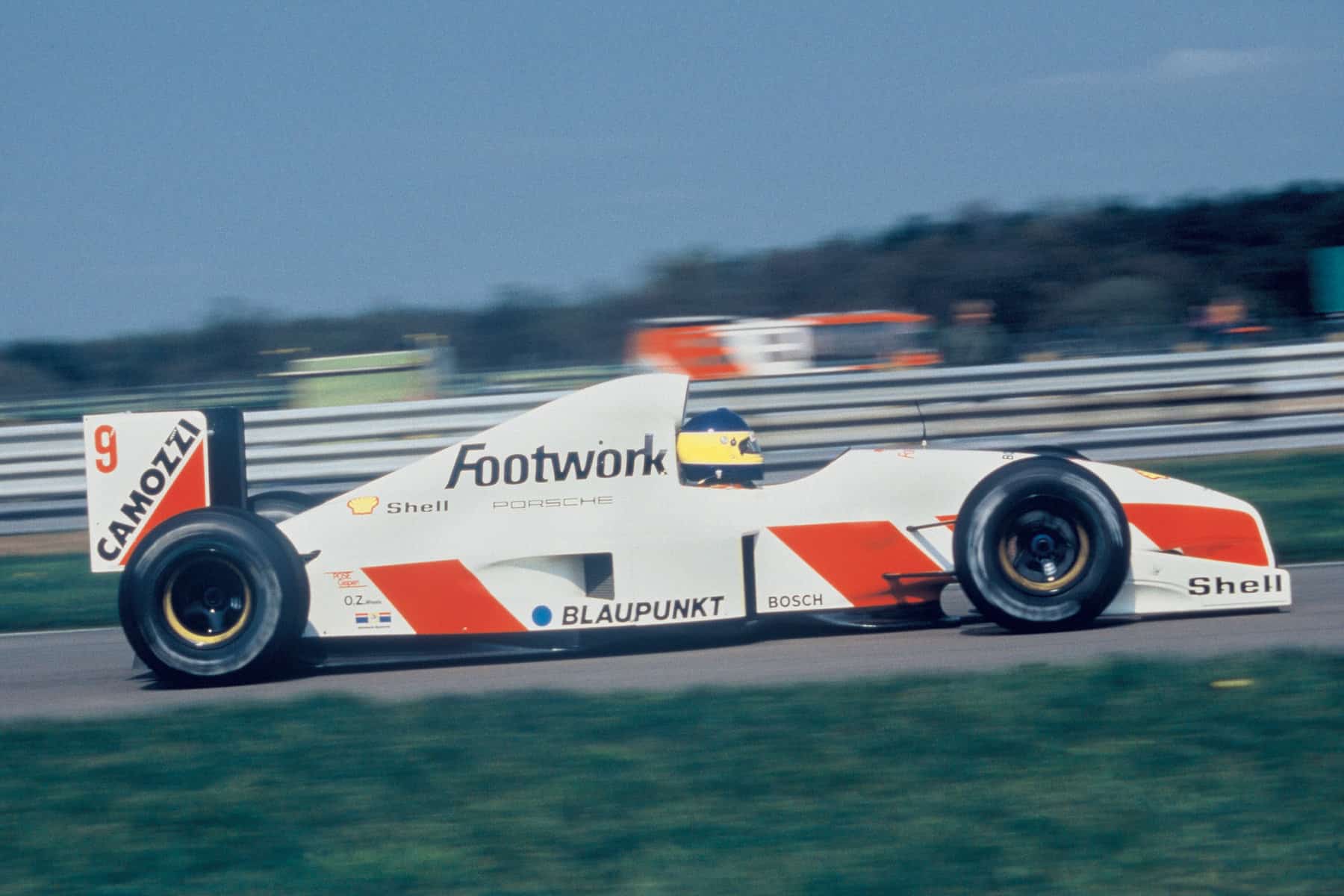
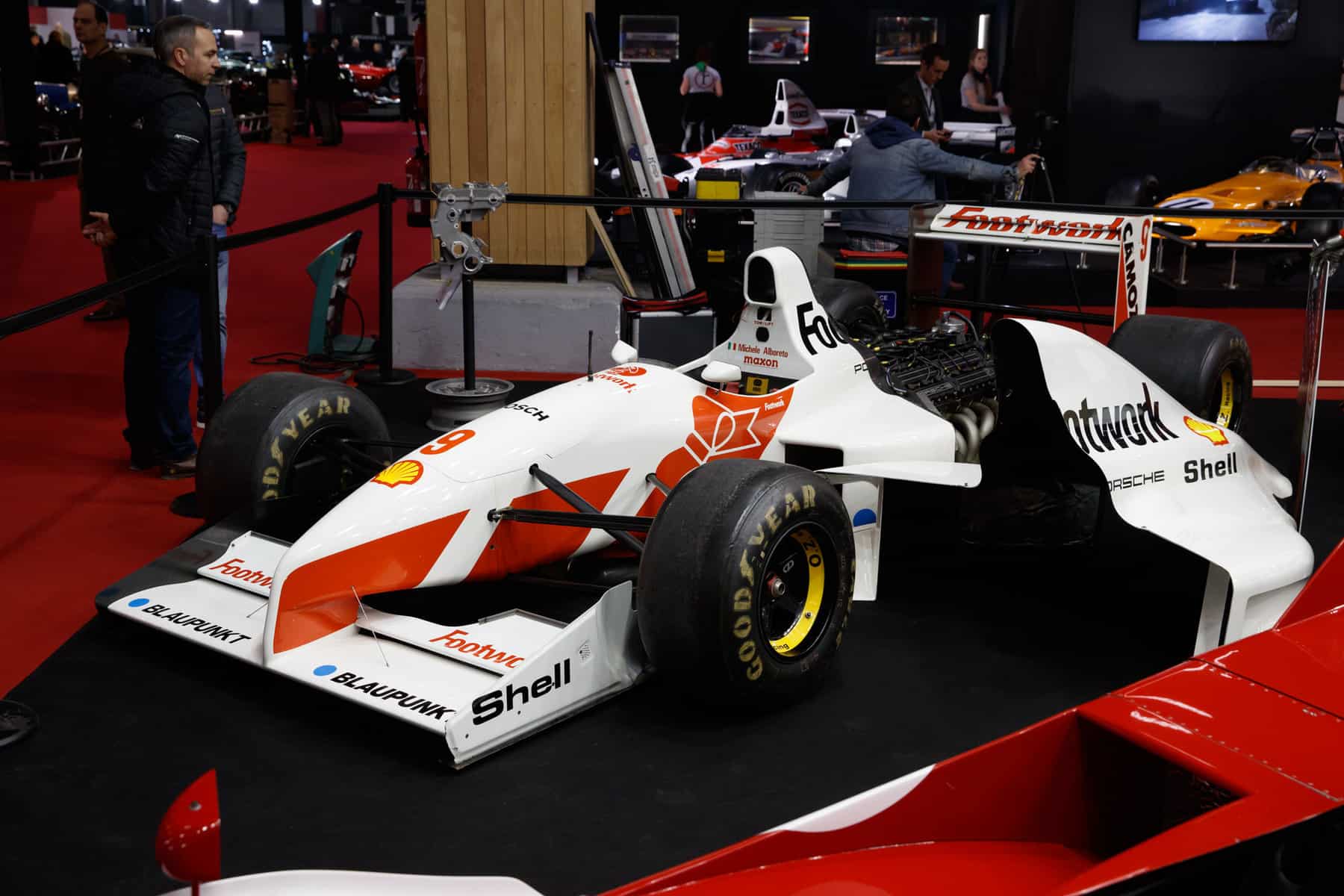
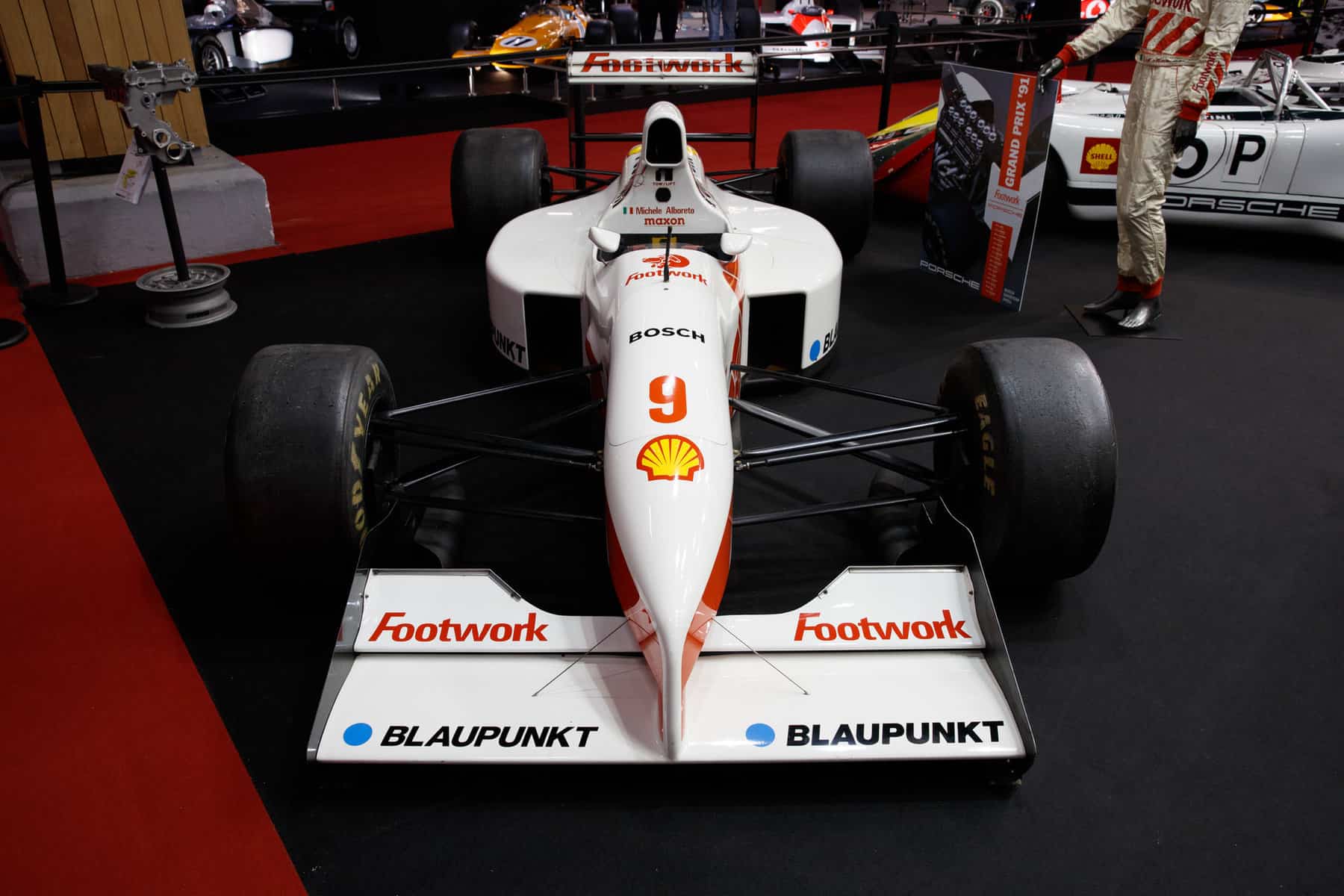
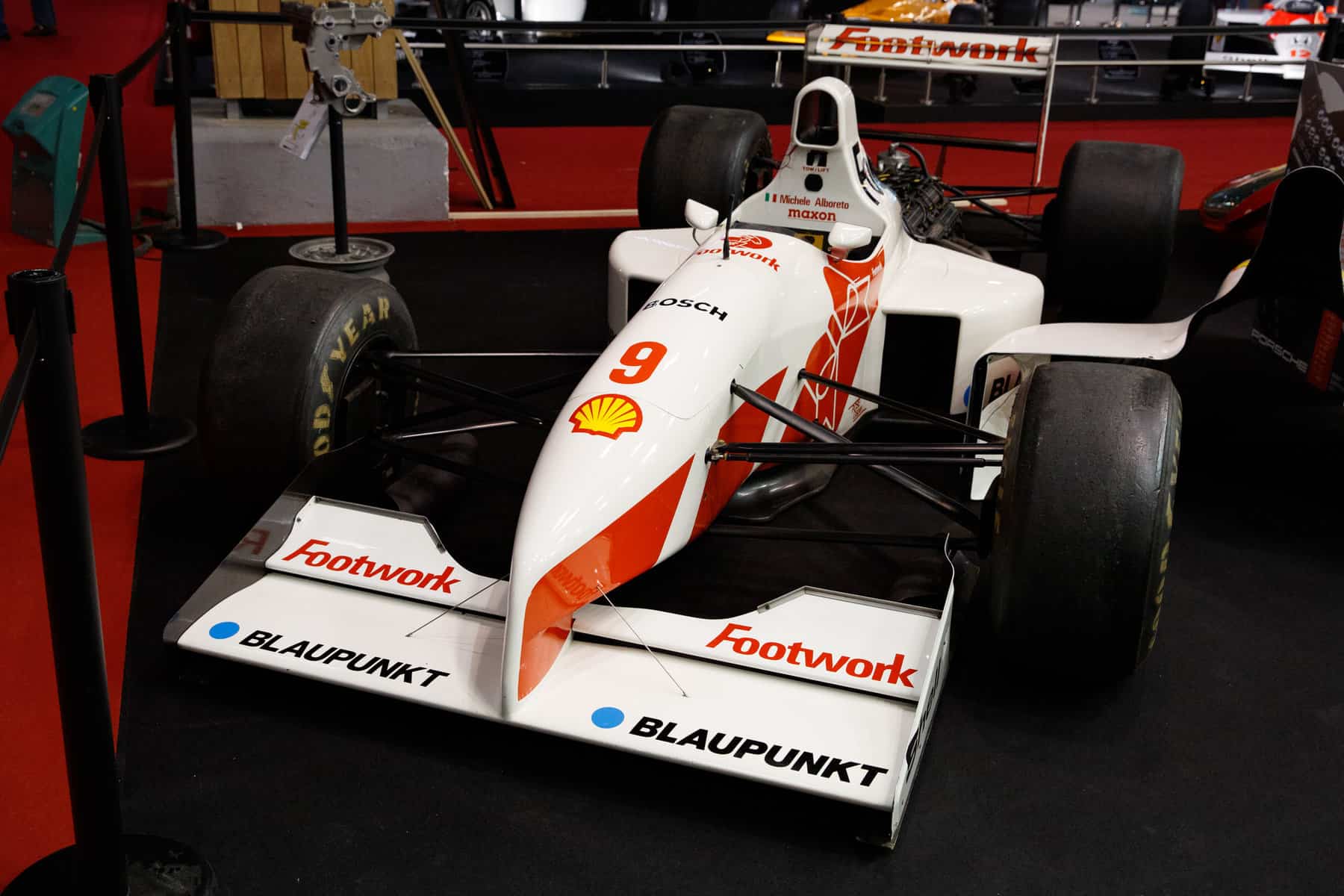

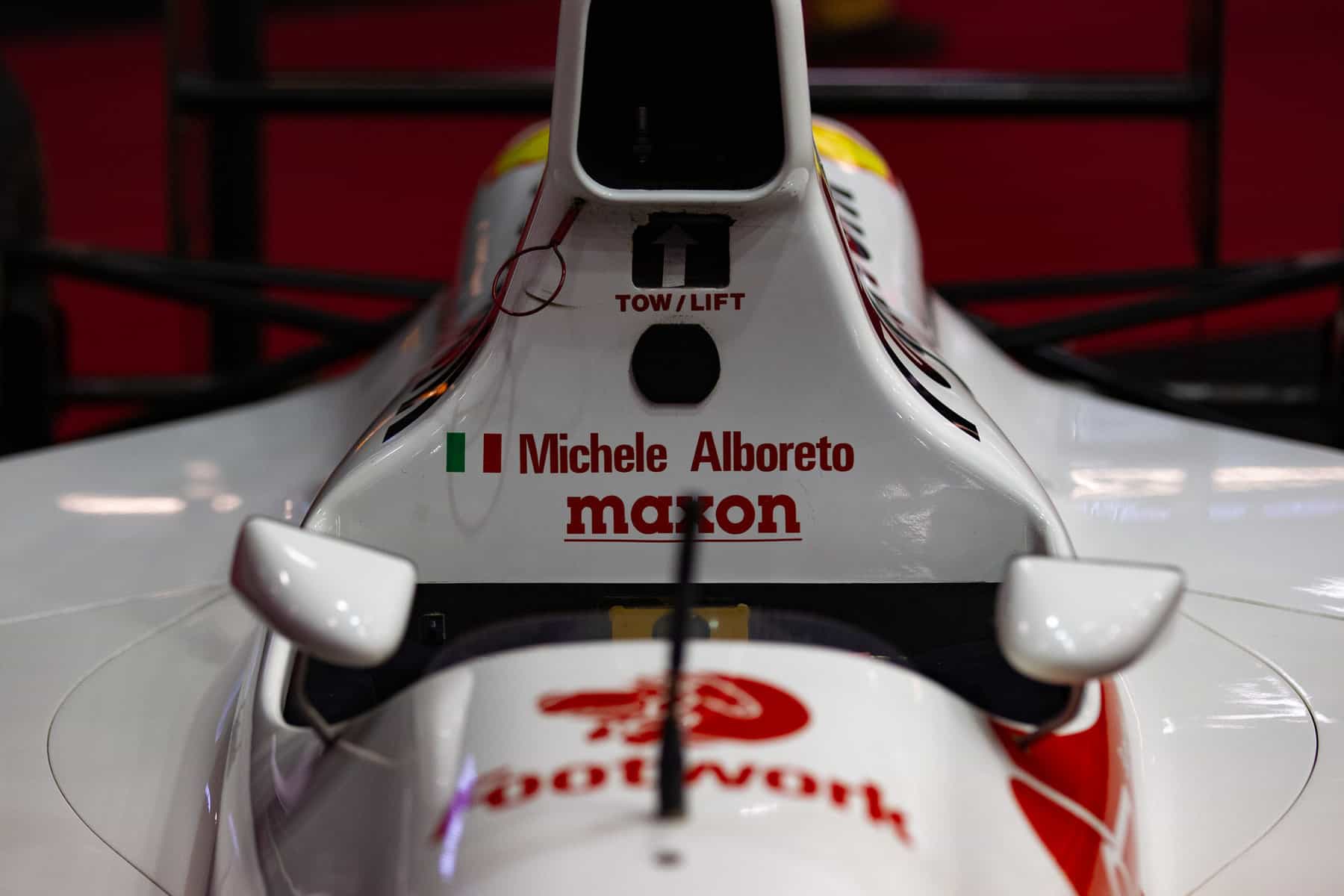

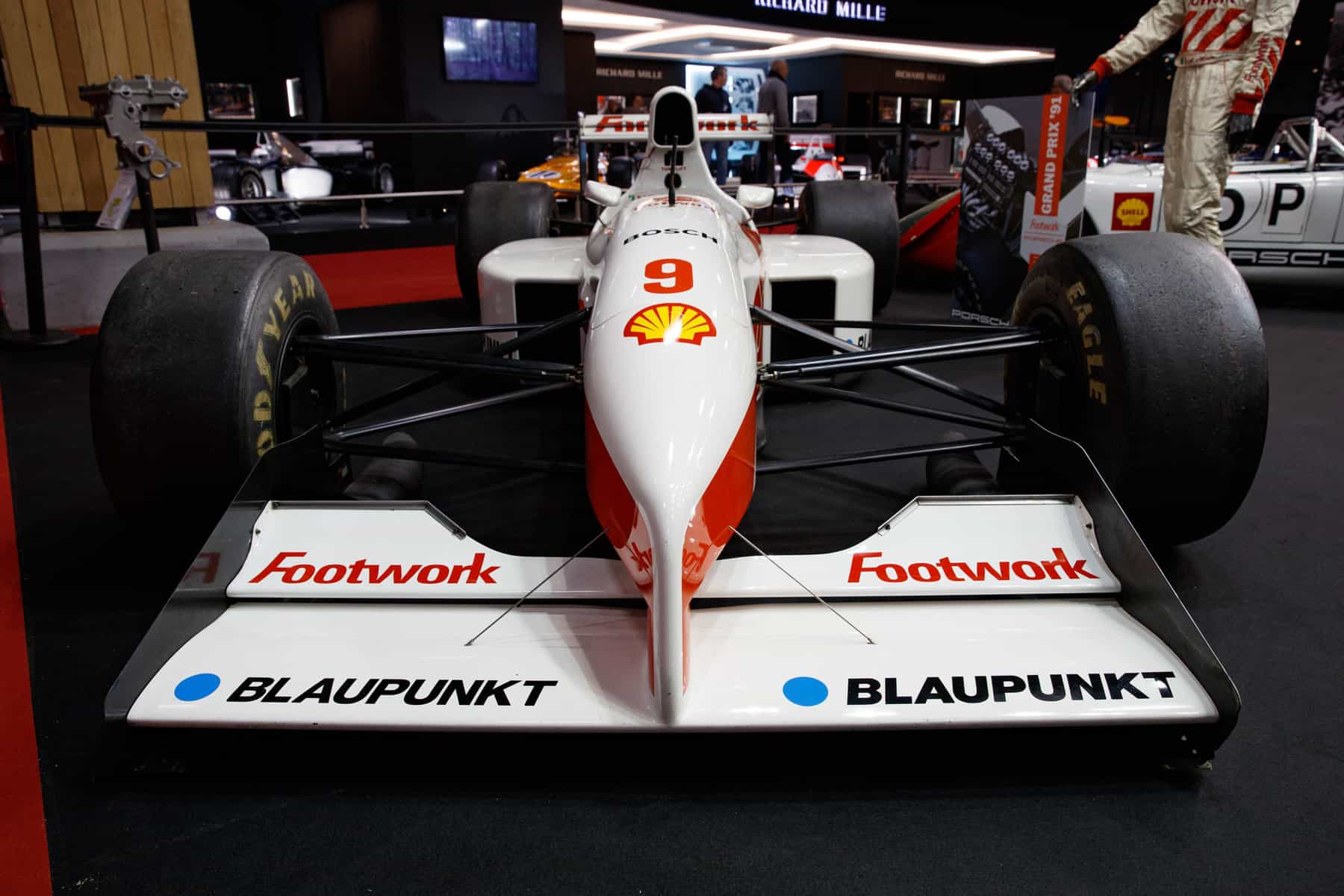


![alfa gtz perfectly imperfect webannerl[1]](https://automedia.revsinstitute.org/wp-content/uploads/2024/08/Alfa-GTZ-Perfectly-Imperfect-webannerl1-uai-1200x800.jpg)

